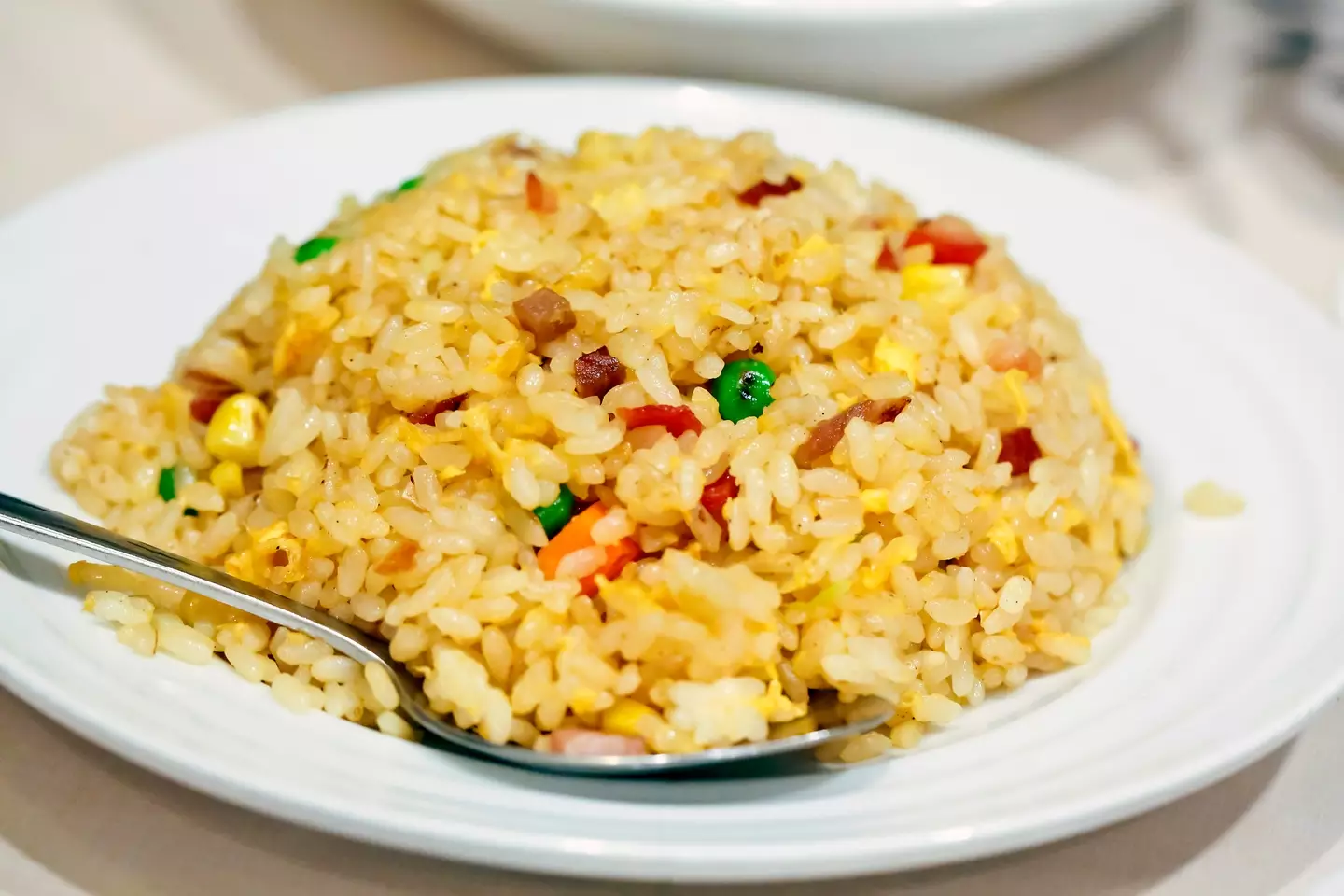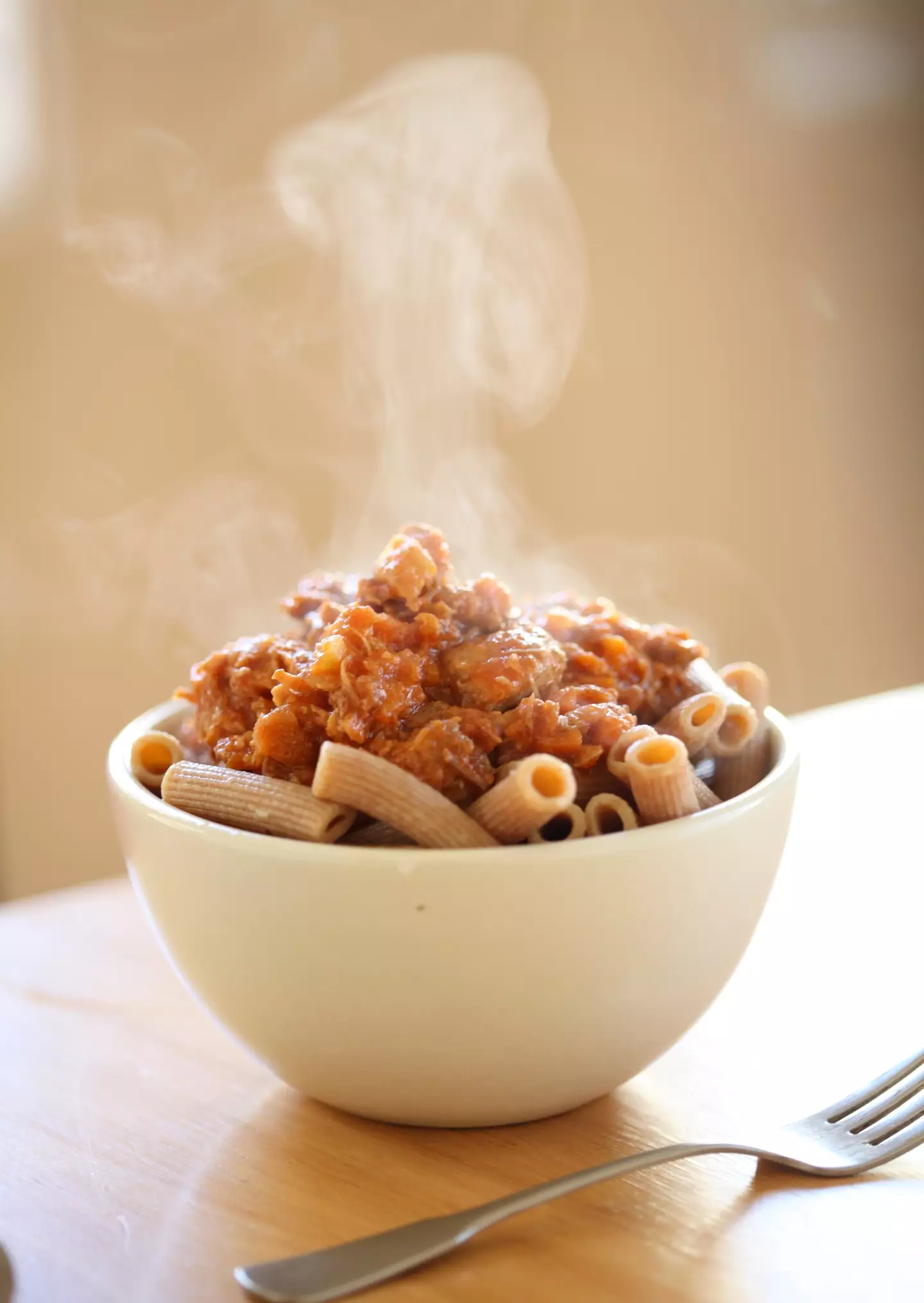Concern over 'fried rice syndrome' is once again on the rise after a 20-year-old man tragically died in his sleep.
Following the heartbreaking news, people all over the world have been left paranoid about also befalling the same terrifying fate, and have frantically been research ways to avoid the potentially-fatal illness.
In the most severe cases, 'fried rice syndrome' can result in death. (DigiPub/Getty) Who fell victim to 'fried rice syndrome'?
Back in 2008, a Belgian student named AJ complained to his parents about feeling unwell one night, just hours after consuming his evening meal.
The Brussels-based youngster suffered symptoms such as a headache, stomach pains, and nausea, which eventually progressed into both vomiting and diarrhoea.
Hoping that sipping water and getting a good night's sleep would help his pain to ware off, AJ drifted off in his bedroom around midnight.
Sadly, however, upon checking on their son the following morning, the student's parents made the devastating discovery that he'd died in his sleep.
What is 'fried rice syndrome'?
It was only after investigators awaited AJ's autopsy results that they discovered the student had made a deadly mistake, just 10 hours before he died.
For this dinner the evening prior, he'd reheated five-day-old leftover pasta, which had previously been kept at room temperature.
AJ reheated five-day-old pasta. (Cris Cantón/Getty) The coroner discovered that had moderate centrilobular liver necrosis - which is broadly known as 'fried rice syndrome' - at the time of his death, which likely caused his organs to shut down during his sleep.
The report said: "The spaghetti had been kept at room temperature for several days.
"This allowed Bacillus cereus to grow to very high concentrations and produced the high toxin concentration (14.8 μg/g) found in the pasta and which is likely responsible for the fatal outcome."
AJ’s death happened in 2008, but has resurfaced online recently amid conversations around reheating foods which haven’t been stored correctly, leading to mass concern over the risk of the syndrome.
Reheating pasta could prove lethal. (Clay McLachlan/Getty) According to Robert Gravani, Ph.D. - professor emeritus of food science at Cornell University - patients commonly become infected when they ingest food contaminated with the bacteria, which eventually causes diarrhea and vomiting, and in some cases, death.
"We’ve known about it for a long time," he previously told Today.
"This organism is very common in the environment, and it’s naturally occurring in soil, vegetation, and in a range of plant and animal food products."
The bacteria takes told when contaminated food is improperly cooled and left to sit at room temperature for long periods of time.
In these conditions, the fatal bacteria is able multiply to dangerous levels, and can therefore kill anyone who eats the food.
On top of this, Bacillus cereus thrives in pre-cooked starchy products, like rice and pasta, hence the ominous name.
To keep yourself safe, make sure to refrigerate all cooked or perishable foods within two hours, make sure leftovers are piping hot after reheating before eating them, and avoid leaving leftovers in the fridge for more than four days.

 Rhianna Benson
Rhianna Benson

